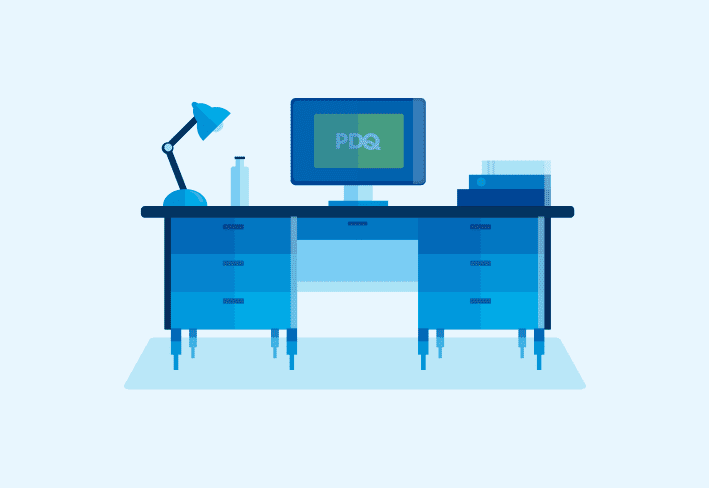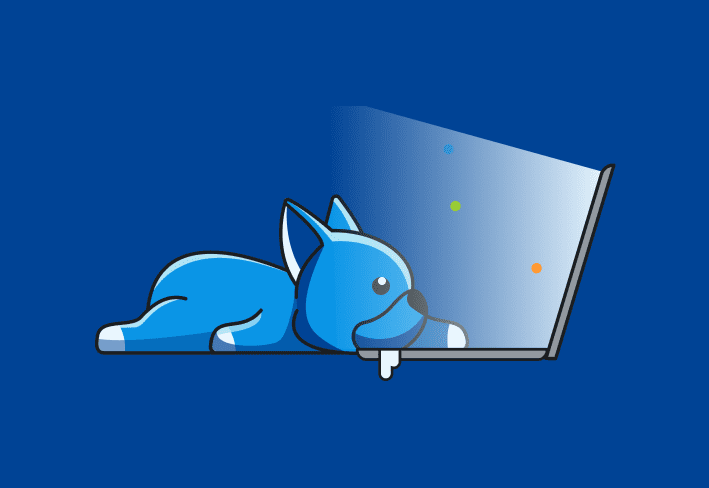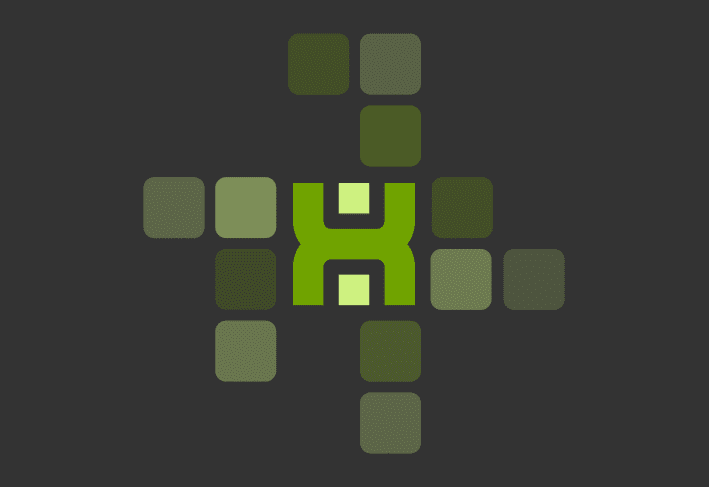Atera is a remote monitoring and management (RMM) platform designed to support a wide range of IT tasks. IT pros may seek alternatives due to performance issues, limited features in lower-tier plans, and higher pricing. This guide compares top Atera alternatives, highlighting pricing, features, and user feedback to help you choose the best fit.
Why consider an Atera alternative?
While sysadmins often praise Atera’s usability, many report that key features require higher-tier, more expensive plans. Sysadmins also note Atera’s support speed and UI performance fall short for growing teams.
Feature limitations in lower-tier plans
Many users report that key features like automation and reporting are locked behind higher-tier plans, limiting value for budget-conscious teams.
“Some of the add-on items should be included in the subscription (ex. Network Discovery) — this is a no-brainer and should just be included. Because we don’t see the value in paying for this, we’ve opted for a open-source third-party tool that virtually does the same thing ... for free.” — Christopher J., small business owner
“Network scanning and deployment features are not included in the base subscription. Instead, they require an additional subscription that applies to all technician seats, which can lead to increased costs.” — Nigel N., president and technical manager
Performance and UX concerns
Several sysadmins report issues with Atera's performance, including occasional sluggishness in the user interface. These performance hiccups hinder efficiency, particularly for teams managing multiple endpoints or requiring rapid response times.
“The actual web application can be quite slow which makes it frustrating to use at times. There are often large changes to the UI, which take some adjusting to after getting used to the previous changes.” — Zyphlen K., network technician
Customer support responsiveness
Atera users frequently report that customer support is slow to respond, leading to frustration and a longer time to solution.
“Customer support is not so responsible as we have to wait long hours to get responses.” — PK D., senior data analyst
Limited report customization
Several users mention that Atera's reporting functionalities are not as robust and customizable as they'd like, making it harder to effectively analyze and present data.
“Atera's reporting capabilities are more basic as compared to other RMM platforms, so for IT teams that require detailed data analysis and highly customizable reports, this could be a disadvantage.” — Sejal G., IT management head
“The dashboard and reporting options can feel restrictive.” — Danny B., network administrator
1. PDQ Connect
PDQ Connect is a Windows device management solution designed with input from IT professionals to address core needs like patch management, vulnerability management, inventory, and software deployment. By focusing specifically on Windows environments, it enables streamlined workflows and centralized control over device security and updates.
Features
Automated patch management
Unlimited in-house custom and prebuilt reports for all customers
Prebuilt, ready-to-deploy packages
Schedule-based automations
Vulnerability prioritization based on your environment
One-click vulnerability remediation
Accessible, per-device and volume-based pricing
Pros
Fast performance
User-friendly interface
Quick, friendly customer support
Transparent, approachable pricing
Focused feature set
Robust reporting capabilities
Cons
Laser-focused features on patch management, vulnerability management, and software deployment for Windows devices (not a tool that “does it all”)
Why is PDQ Connect the best Atera alternative?
In the PDQ Connect vs. Atera debate, PDQ has several unique advantages.
Robust features
PDQ Connect offers a comprehensive suite of features tailored for Windows device management, including patch management, vulnerability assessment, software deployment, and remote desktop access. While Atera is feature-rich, sysadmins often critique its cluttered interface, reliance on third-party tools, and workflows that can feel cumbersome for teams managing growing or distributed environments.
User-friendly, fast interface
PDQ Connect is designed with a clean, intuitive interface that prioritizes ease of use for busy sysadmins. Its lightweight agent and cloud-native architecture support fast performance and responsive device management — even across distributed environments. In contrast, some Atera users report UI sluggishness and a steeper learning curve when managing more complex tasks or larger device fleets.
Customer support
PDQ offers U.S.-based customer support with timely, knowledgeable responses tailored to sysadmins. Meanwhile, some Atera users report slower response times and delays in issue resolution, which can be challenging during time-sensitive situations.
Pricing
PDQ Connect uses a straightforward per-device pricing model starting at $12 per device per year, with no extra fees for users or support. Atera charges per technician, starting at $149 per technician per month (billed annually).
Quick & easy patch management
Unlock automated patching that's simple, secure, and pretty damn quick.
2. NinjaOne
Like Atera, NinjaOne is an RMM platform that aims to centralize IT operations through a wide-ranging feature set. NinjaOne offers tools for patch management, real-time asset inventory, remote desktop access, and backup, alongside mobile device management (MDM) and optional add-ons like Microsoft 365 backup. While NinjaOne may be the right choice if you’re looking for a comprehensive alternative to Atera (especially in areas like backup and endpoint security), NinjaOne's expansive scope can increase both costs and operational complexity.
Features
Automated patch management
Vulnerability scanning
Real-time inventory data
Remote desktop
Backup and Microsoft 365 backup options
MDM
Pros
Broad feature coverage
Quick initial setup
Strong focus on endpoint automation
Cons
Support responsiveness varies
Tasks can become complex with advanced configurations
Pricing tiers and add-ons can be hard to navigate
Patch reliability has been inconsistent
Costs rise with additional features
3. ManageEngine
ManageEngine is a unified endpoint management (UEM) solution that offers a comprehensive suite of tools for managing servers, desktops, laptops, and mobile devices from a central location. Its features include patch management, software deployment, asset management, remote control, and mobile device management. While ManageEngine provides extensive capabilities suitable for large enterprises, the platform's complexity and tiered pricing structure may present challenges for smaller IT teams or those seeking a more straightforward solution.
Features
Automated patch management
Software deployment
Asset and inventory management
Remote desktop control
MDM
OS imaging and deployment
Pros
Comprehensive feature set
Support for multiple operating systems
Strong automation capabilities
Cons
Slow performance and lagging
Steeper learning curve for new users
Complex pricing tiers
Additional configuration required for some features
Inconsistent customer support
4. ConnectWise
ConnectWise Automate is an RMM platform designed for IT service providers and managed service providers (MSPs). It offers extensive automation capabilities, including patch management, remote monitoring, IT automation, and asset discovery. While ConnectWise Automate provides a comprehensive feature set, it may require a steeper learning curve and higher investment compared to more streamlined solutions.
Features
Automated patch management
IT automation and scripting
Asset discovery and inventory management
Remote monitoring and management
Integration with ConnectWise PSA tools
Pros
Robust automation and scripting capabilities
Comprehensive feature set for MSPs
Integration with ConnectWise ecosystem
Cons
Steeper learning curve for new users
Complex setup and configuration
Higher cost, especially for smaller teams
Unintuitive user interface
5. ServiceNow
ServiceNow is an enterprise IT operations platform that provides a wide range of solutions across IT service management (ITSM), IT operations management (ITOM), and security operations. It includes advanced features like automated asset discovery, risk-based vulnerability management, and performance analytics. ServiceNow can be a strong choice for organizations already embedded in its ecosystem or those with complex infrastructure needs. However, for smaller teams or those seeking a more lightweight RMM tool, its enterprise scope may introduce unnecessary complexity.
Features
Automated asset discovery
Patch management and automatic patching
Real-time visibility
Configuration and incident management
Risk-based vulnerability management
Event and performance analytics
SaaS license and IT asset management
Pros
Centralized, enterprise-grade platform
Strong integration ecosystem
Reliable customer support
Cons
High cost, especially for smaller organizations
Overly complex feature set for SMBs
Steep learning curve and complex UI
6. Ivanti
Ivanti is an IT software provider offering a broad portfolio of solutions for endpoint management, IT service delivery, and security. Its UEM platform, Ivanti Neurons, is the product that most closely overlaps with Atera. While Ivanti brings a high degree of customization and depth, it’s generally best suited for larger organizations with complex environments. If you're at an SMB, Ivanti’s pricing and setup demands may be a barrier.
Features
Application distribution and patching
Asset discovery, intelligence, and management
IT automation
Remote control and endpoint diagnostics
Vulnerability assessment and remediation
Pros
Highly customizable feature set
Strong user community and documentation
Responsive customer support
Cons
Time-intensive setup, especially for tailored configurations
Steep learning curve to unlock full potential
Opaque and costly pricing, especially with add-ons
Atera alternative FAQs
What is Atera?
Atera is an all-in-one remote monitoring and management (RMM) platform designed for IT professionals and MSPs, offering tools for device monitoring, patch management, automation, and help desk support. It uses a per-technician pricing model and supports unlimited devices.
What should I look for in an endpoint management tool?
When choosing an endpoint management tool, look for features like automated patching, real-time inventory, remote access, and strong security controls. Scalability, ease of use, and transparent pricing are also key factors to ensure long-term efficiency and value.
What should I consider when reading Atera reviews?
When reading Atera reviews, consider feedback on feature accessibility, pricing structure, performance, and support responsiveness. Pay close attention to how well the platform scales, whether key tools you’d need require add-ons or higher-tier plans, and how it fits different team sizes and IT environments.
What is the best Atera alternative for me?
The best Atera alternative for you depends on your organization’s size, budget, and IT management needs. Consider factors like platform usability, feature depth, pricing structure, and how well it integrates with your existing tools and workflows.



